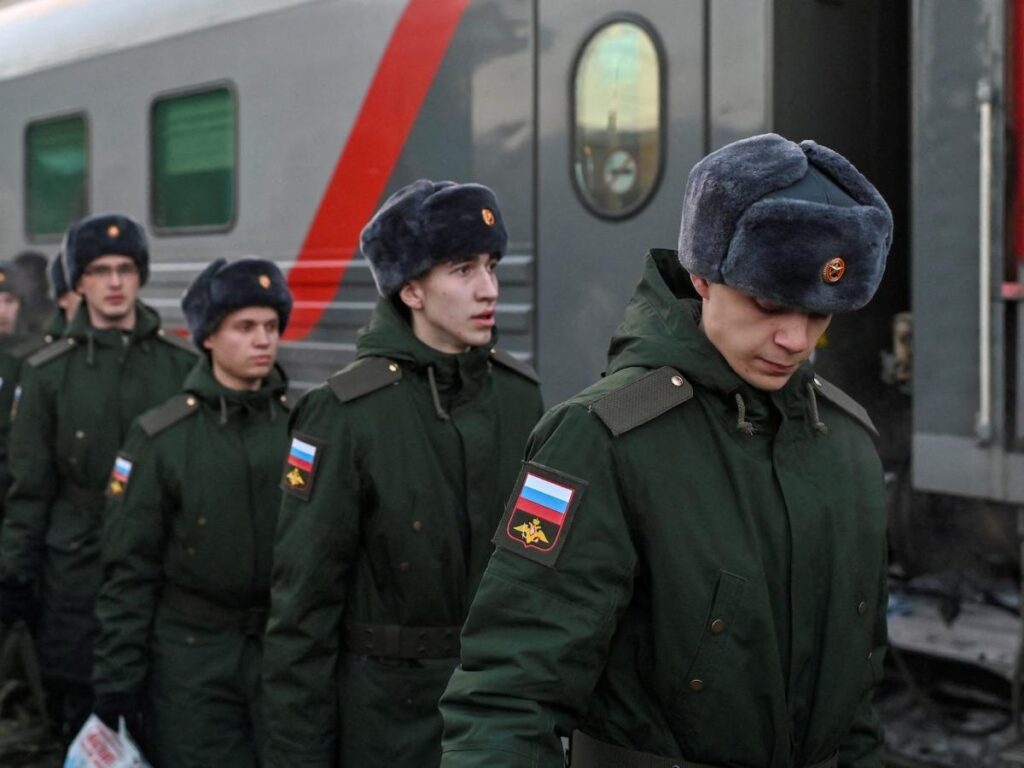Analyst Michael Kofman has provided insights into the current dynamics of the ongoing conflict between Russia and Ukraine, arguing that while Russia is inundating Ukraine with troops and military equipment, this aggressive posture may soon wane due to significant military strains. Kofman, who is affiliated with the Carnegie Endowment for International Peace, noted that high attrition rates signal considerable pressure on the Russian military, which may compel a reassessment of its tactics and strategy moving forward. As Russia prepares for winter, the analyst foresees a decline in Russia’s battlefield advantage, asserting that their capacity to maintain the current level of aggression may diminish as they grapple with increasing logistical and manpower challenges.
A key issue highlighted by Kofman is Russia’s reliance on outdated military equipment to replace losses incurred on the battlefield. He explains that despite efforts to utilize Soviet-era weaponry, there exists a finite supply of these reserves. Additionally, the rate of production for new military equipment is lagging in comparison to the scale of wartime losses, necessitating a shift in Russian military tactics aimed at minimizing attrition. As a result, the ability of Russian forces to achieve significant operational successes is increasingly being compromised, which could grant Ukraine a strategic advantage in the prolonged conflict.
Recruitment and retention within the Russian military are also coming under strain. Kofman points out that the extensive bonuses being offered to new recruits are unsustainable and that the current contract recruitment strategy is failing to keep pace with significant personnel losses. Recent reports indicate that Russia has faced its highest daily casualty rates since the onset of the conflict, with the UK Defense Ministry estimating future losses could reach around 1,000 troops daily. This ongoing attrition, coupled with aggressive campaigns in the eastern front—the Donbas region, specifically—illustrates the dire state of Russian troop replacement as they seek to assert control over contested territories.
The slow and arduous nature of military operations in the Donbas, particularly in key strategic locations like Vuhledar and Pokrovsk, poses further challenges for Russia. Kofman emphasizes that territorial gains are not easily achieved and often require prolonged engagements. The implications of these tactical hardships extend beyond the battlefield, influencing Russia’s economic strategies as the government pivots towards heavy investments in defense manufacturing. While Russia saw some GDP growth in 2023, largely attributed to military spending, experts warn of the potential risks if the war’s intensity diminishes, which could lead to economic instability and reduced defense spending.
The Russian economy’s reliance on military expenditure has prompted concerns regarding its long-term viability, especially as analysts suggest that a reduction in war-related activities could precipitate a recession. The government’s commitment to allocating a significant portion of the national budget for military purposes reflects a prioritization of wartime needs, yet the sustainability of this approach in the absence of ongoing conflict remains questionable. While Russia has managed to maintain a robust defense footing, the challenges facing its military force raise doubts about the Kremlin’s capacity to sustain prolonged engagements as it navigates both military and economic pressures.
On the other side of the conflict, Ukraine is grappling with its own challenges regarding supply chains and mobilization efforts, heavily reliant on Western support for advanced military equipment. Despite these hurdles, Ukraine is actively working to enhance its indigenous defense capabilities, developing its own military technologies to support war efforts amid varying degrees of international military aid. As the conflict continues into the winter and beyond, both Russia and Ukraine face critical junctures that will shape the trajectory of their respective military operations, emphasizing the complex interplay between manpower, resources, and tactical adaptations in this protracted conflict.

